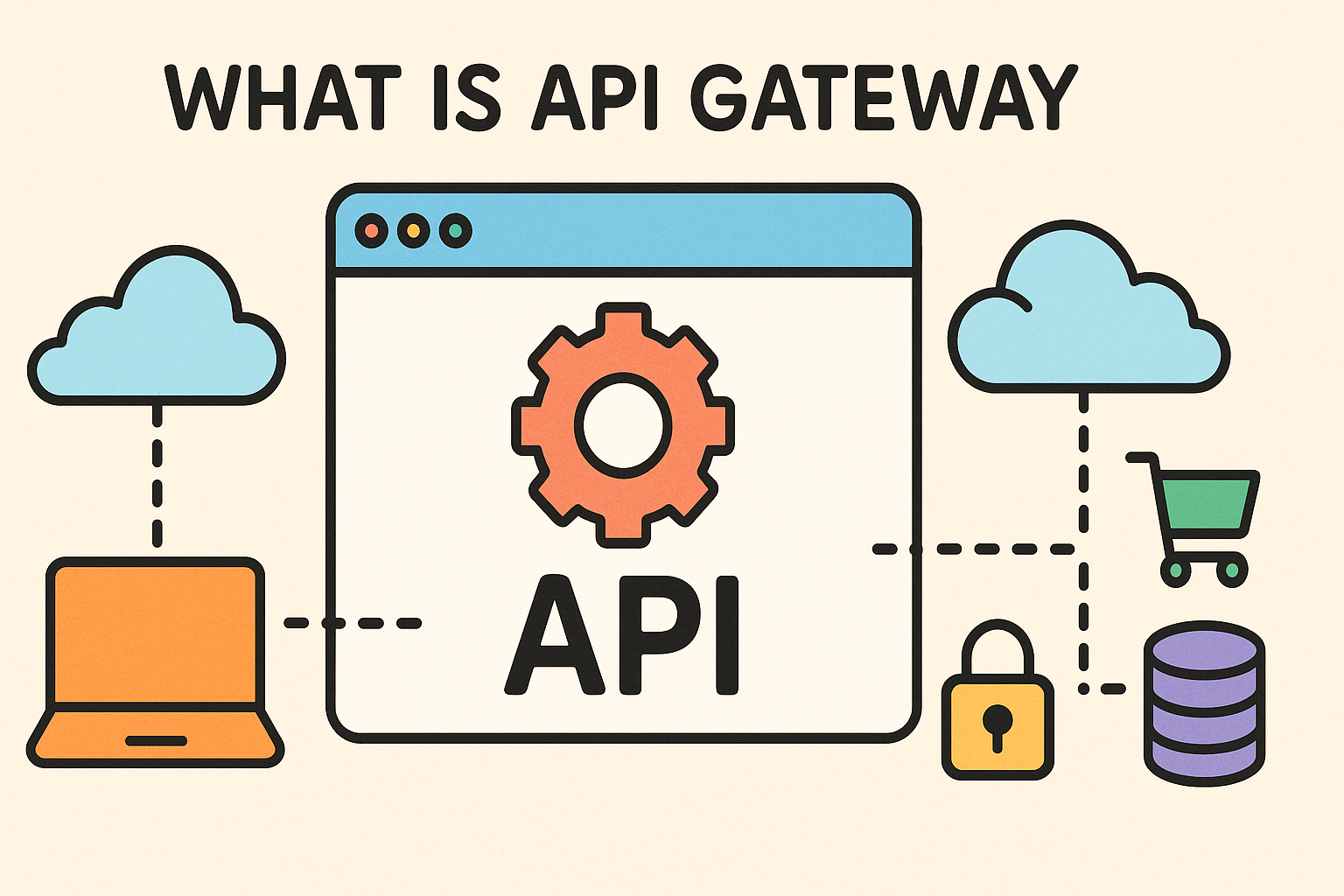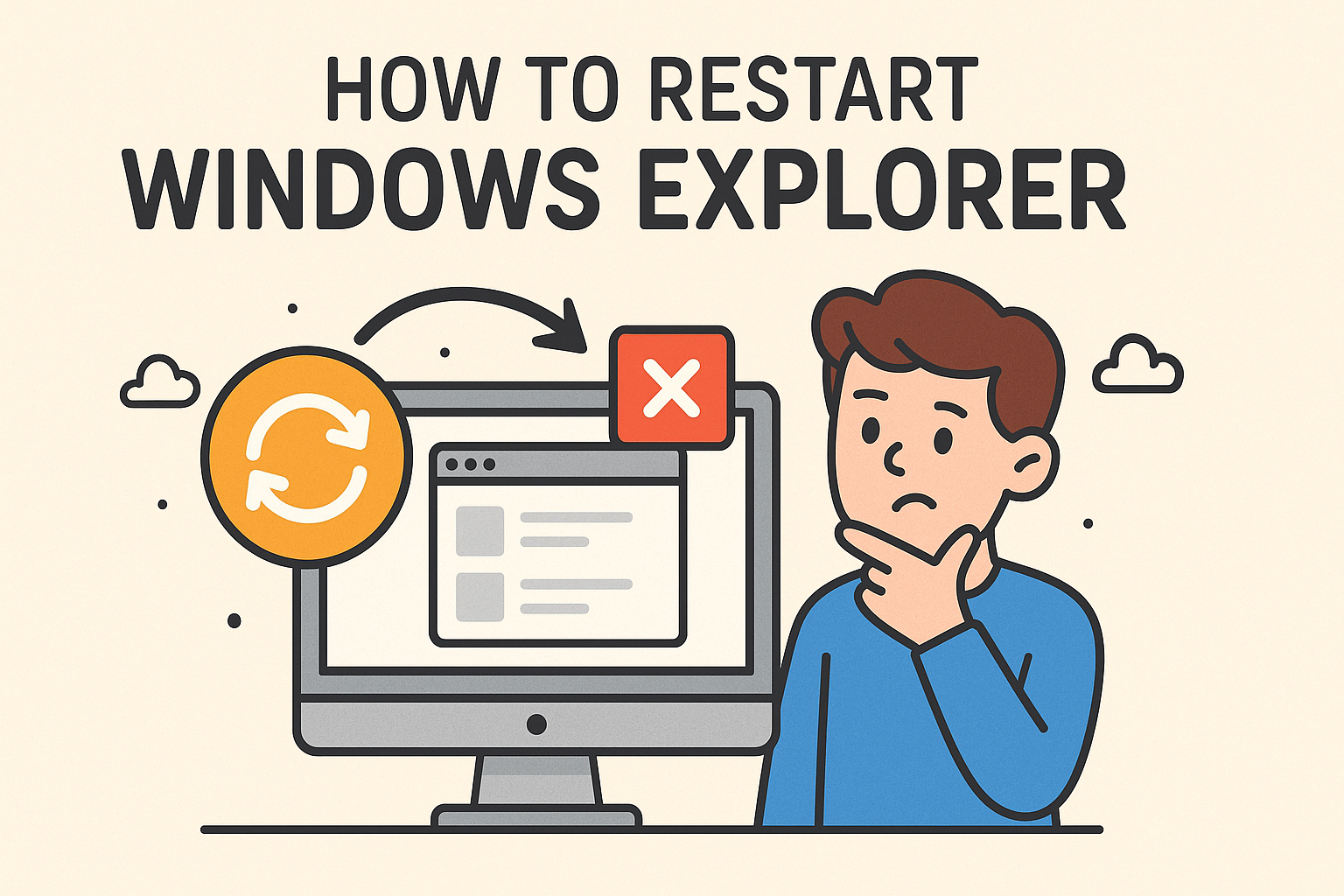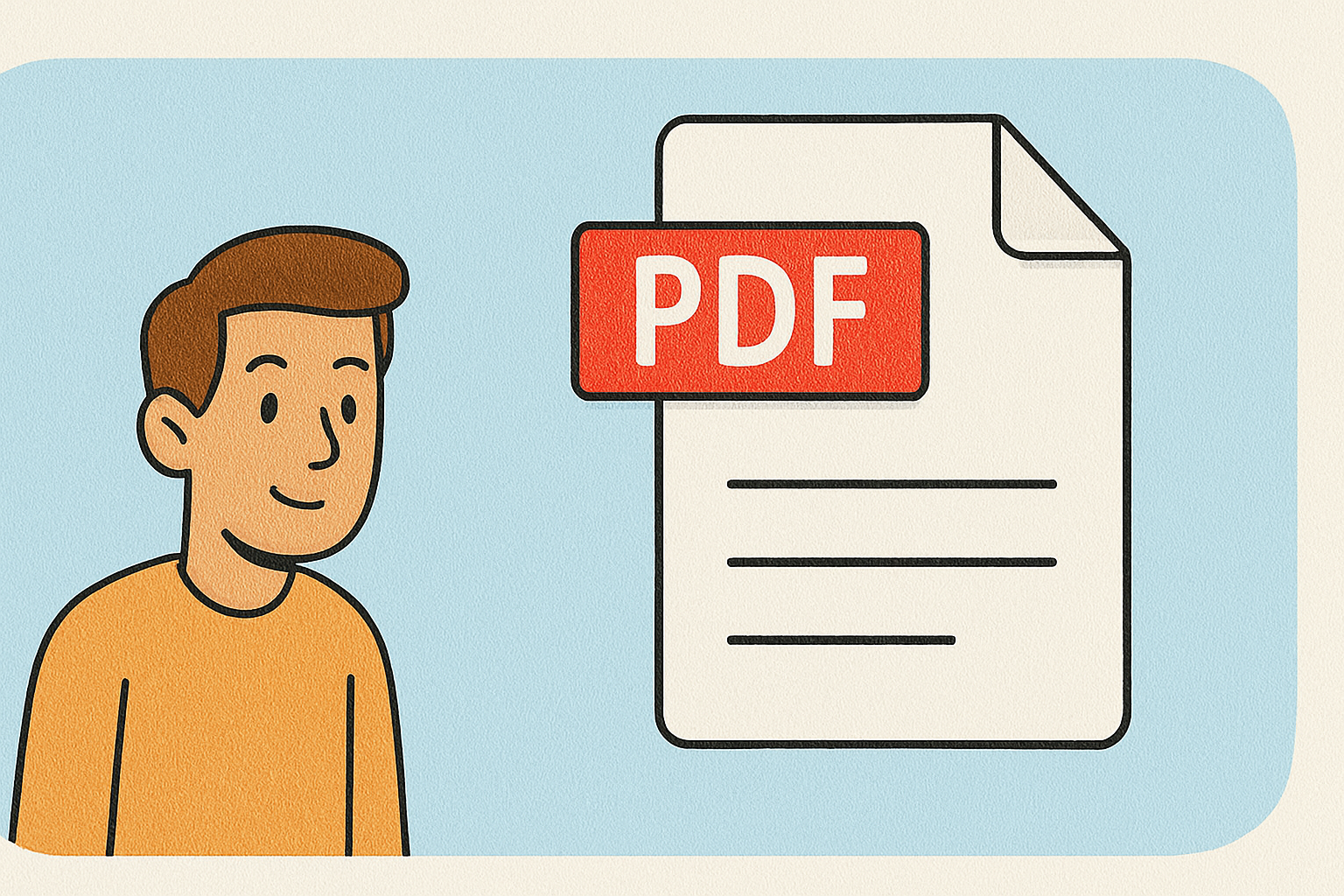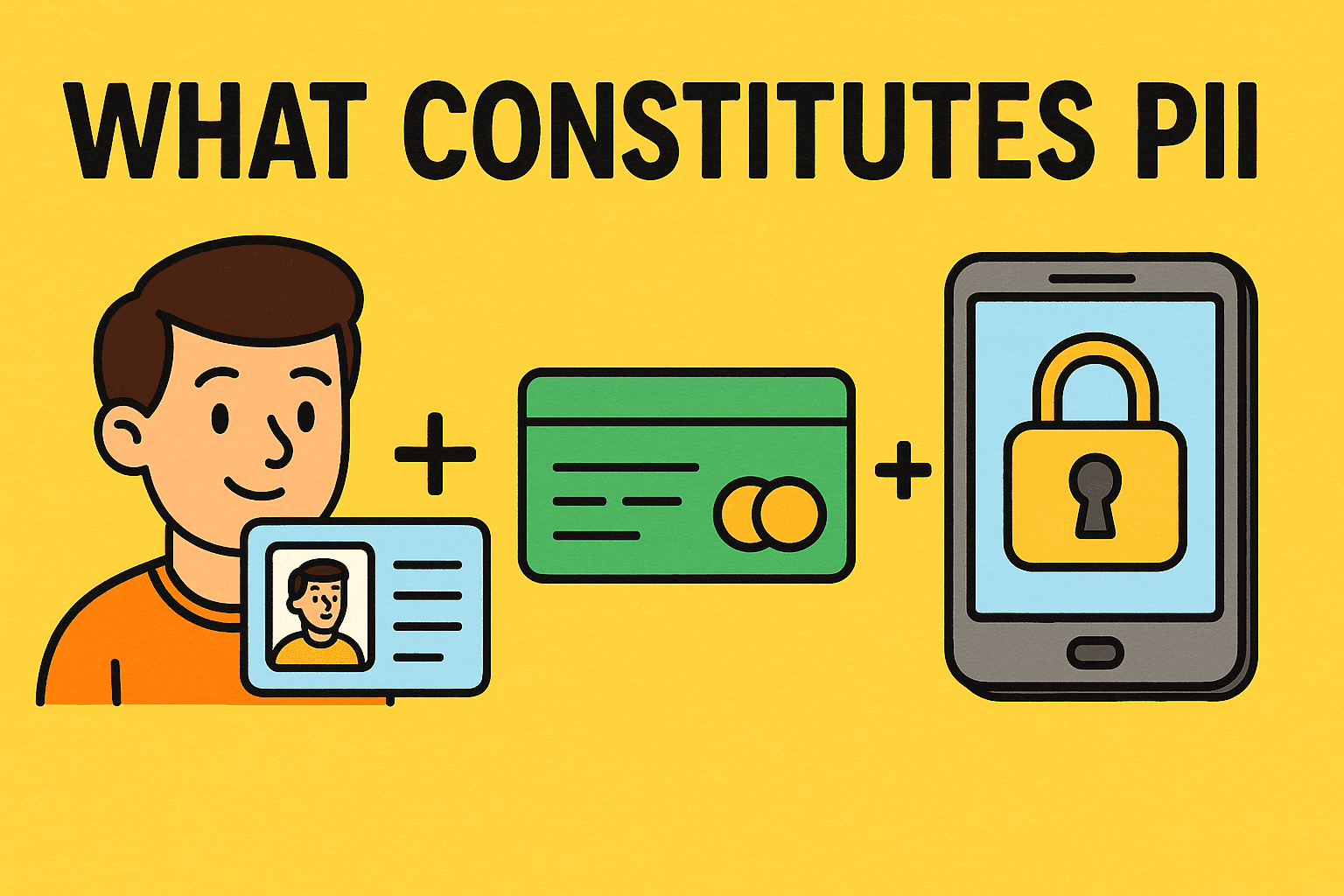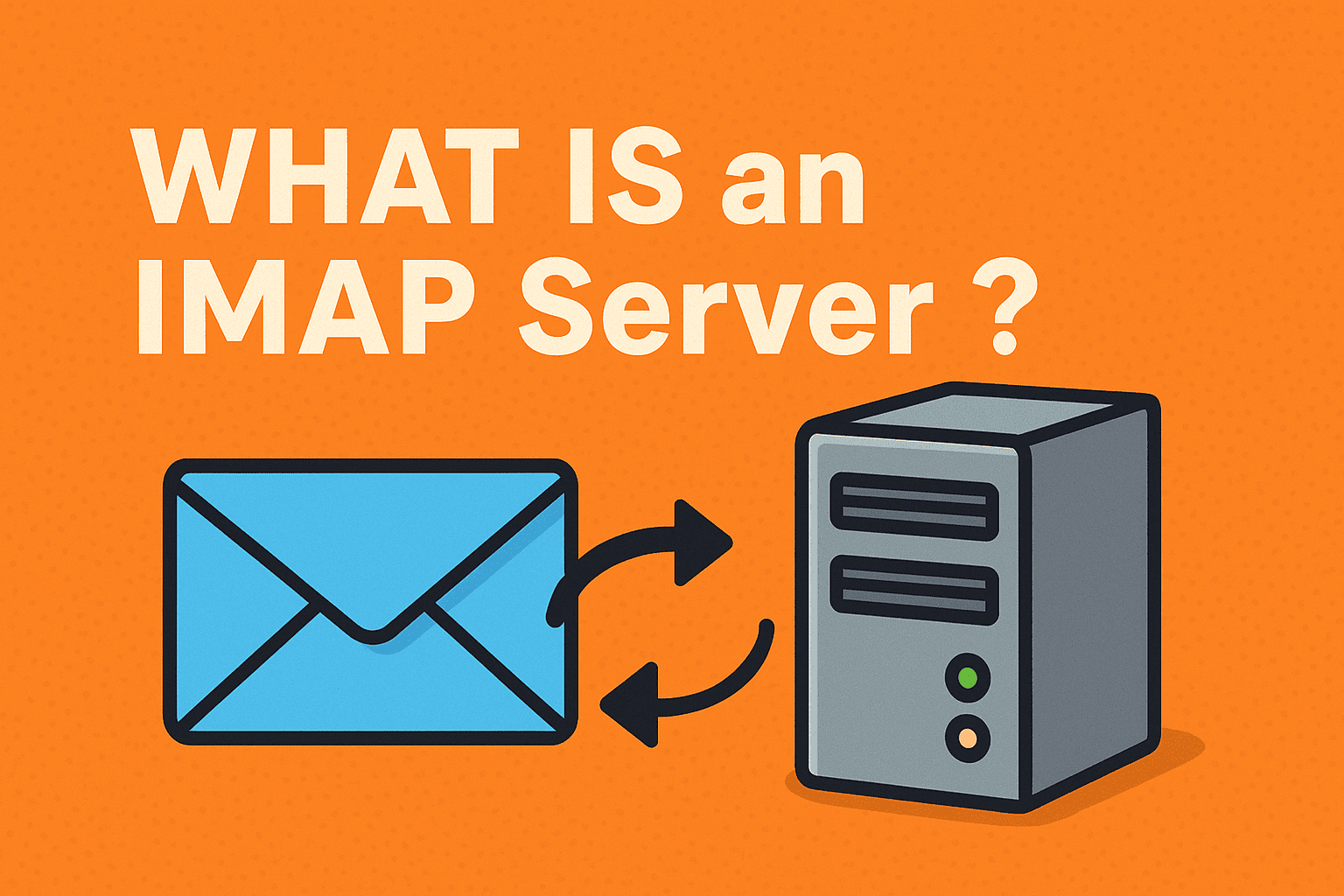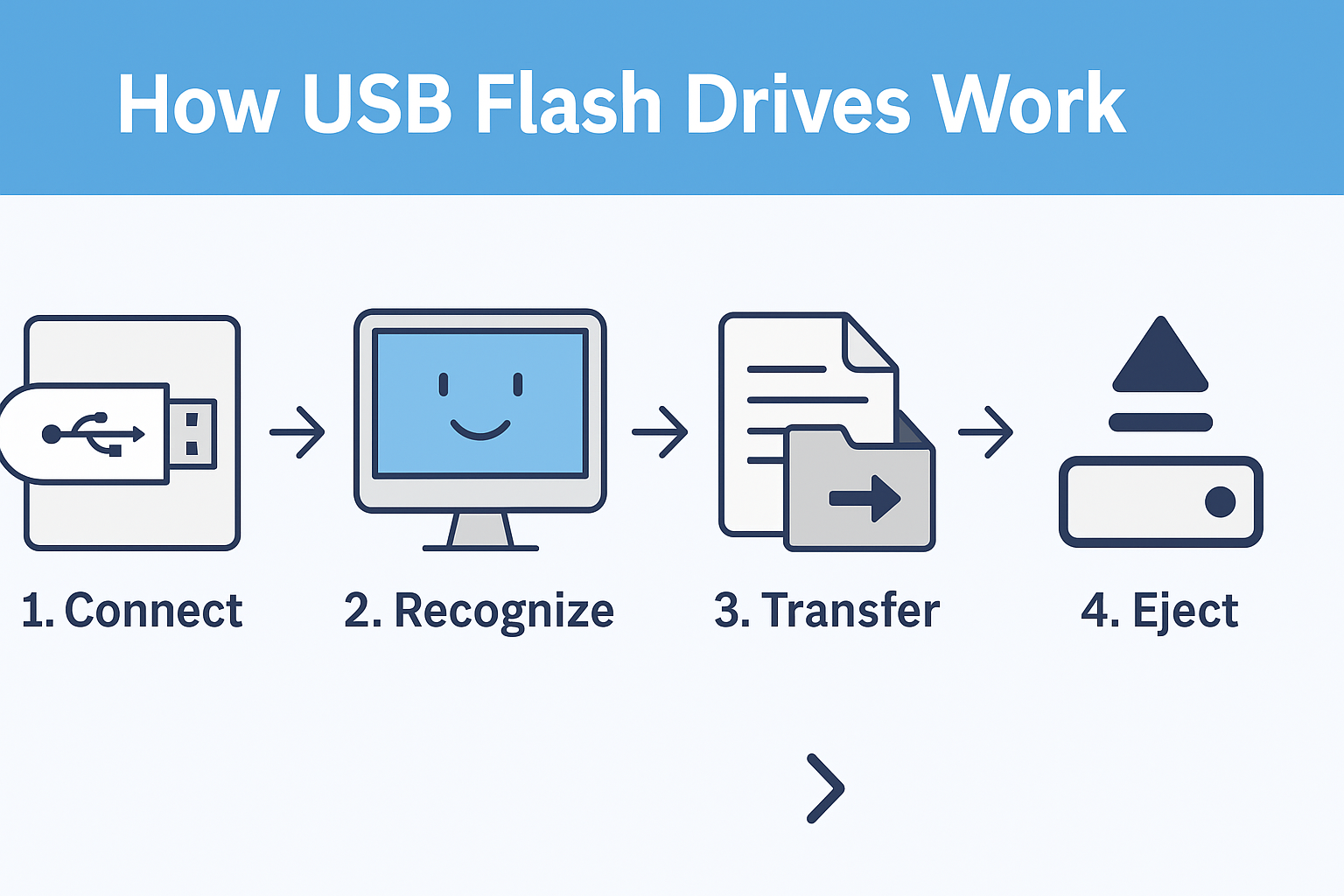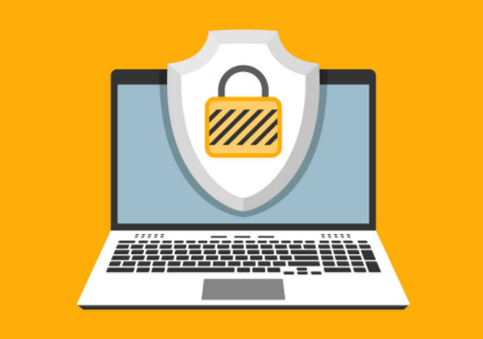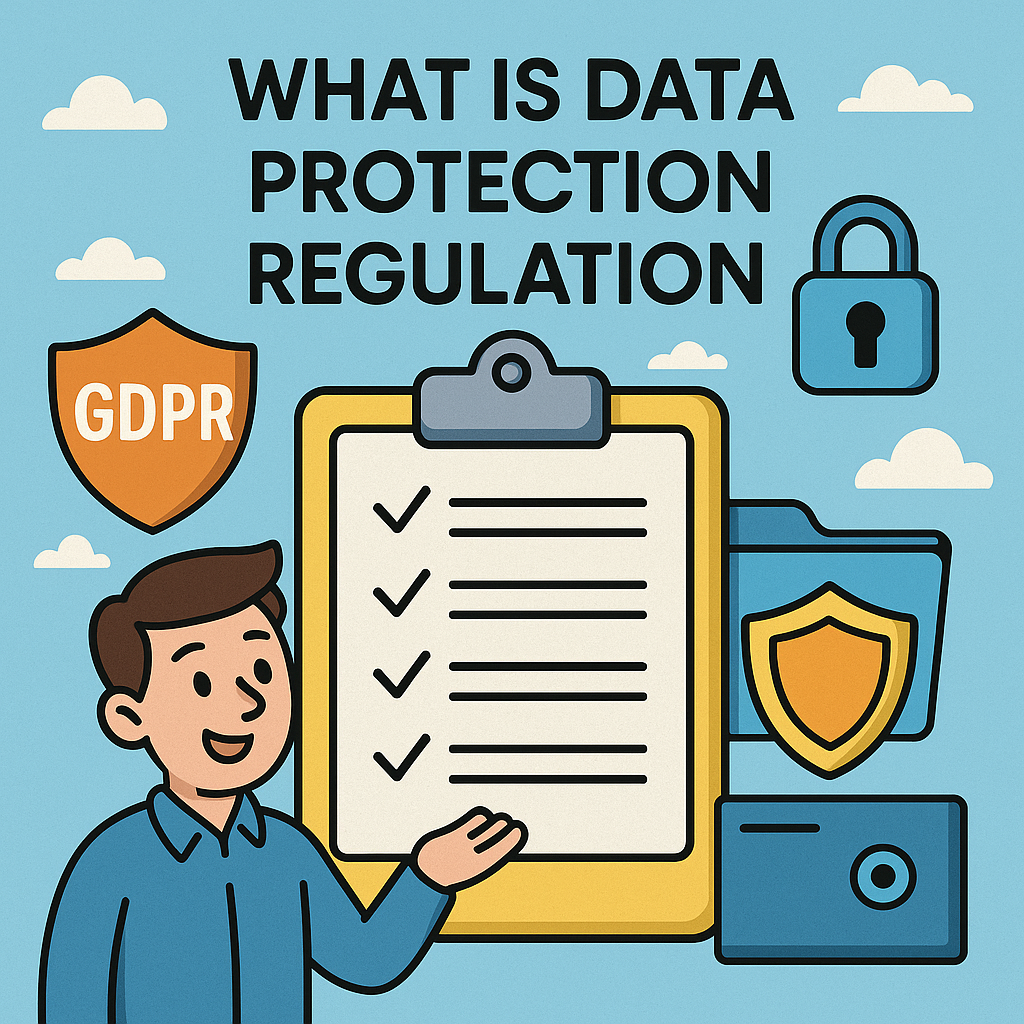What Is Risk Management? A Complete Guide for Modern Organizations
Updated on June 24, 2025, by Xcitium
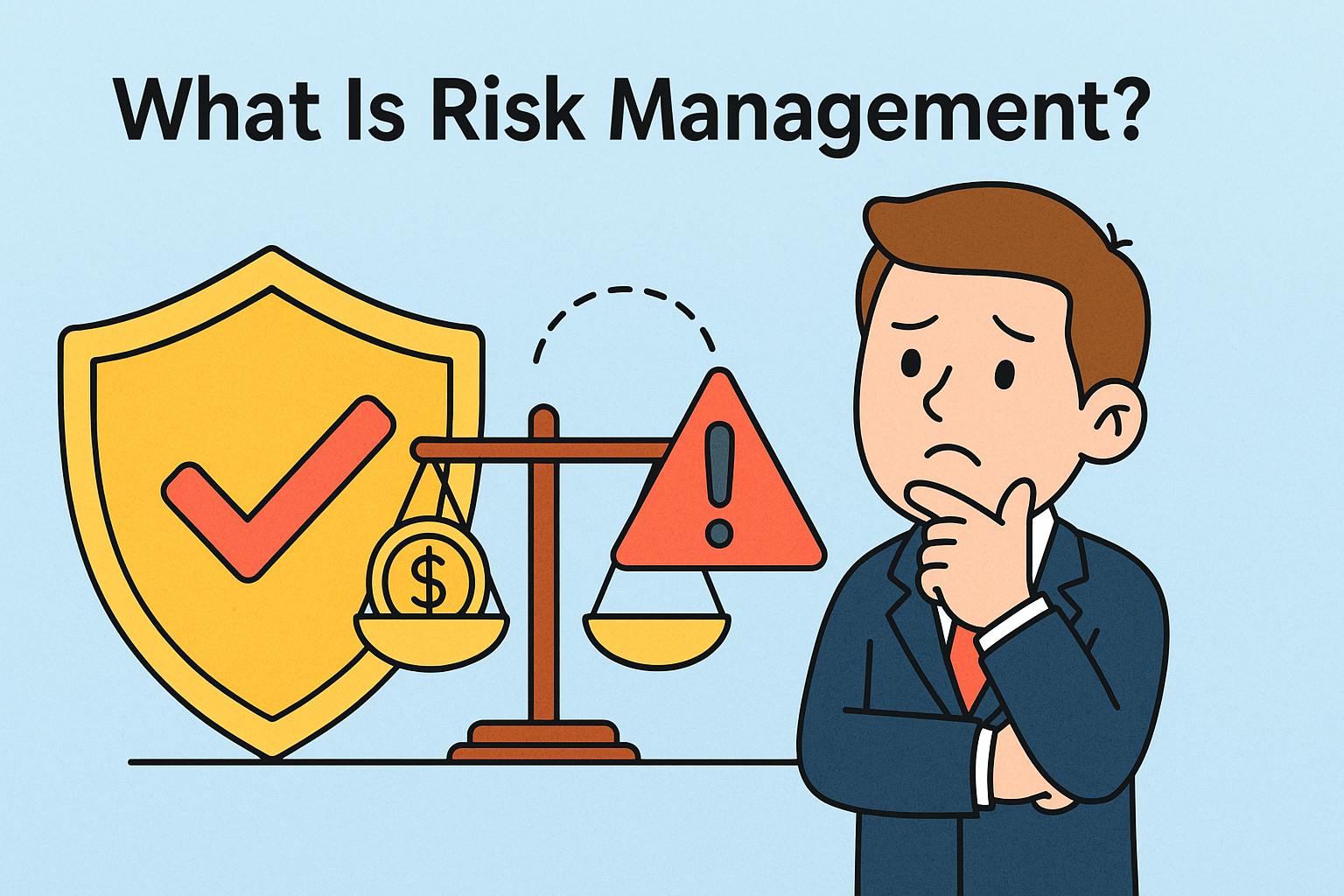
What is risk management and why does it matter so much today? In a digital-first world full of growing cybersecurity threats, compliance mandates, and financial volatility, understanding risk management isn’t optional—it’s critical. Whether you’re an IT manager or a CEO, how you identify and respond to risks can directly affect your organization’s future.
Risk management involves identifying, analyzing, and responding to potential threats before they can harm business objectives. It’s not just about avoiding loss—it’s about enabling smarter decisions.
In this guide, we’ll break down everything you need to know about risk management, including frameworks, strategies, software, and enterprise-level examples.
Risk Management Definition
At its core, risk management is the process of identifying, evaluating, and mitigating risks to reduce negative impacts on a business. These risks can be internal (like operational inefficiencies) or external (such as cyberattacks or market fluctuations).
Composite risk management meaning: This term refers to the unified consideration of operational, tactical, and strategic risks in a single assessment process. It’s common in military and high-stakes environments.
Importance of Risk Management
Risk management isn’t a one-time project—it’s a continuous practice. Here’s why it matters:
- Prevents financial and reputational losses
- Ensures compliance with regulations
- Supports better strategic decision-making
- Protects data and digital assets
For IT teams and security leaders, understanding risk levels means fewer vulnerabilities and more proactive security postures.
Types of Risk Management Strategies
Risk management strategies fall into several core categories:
- Avoidance – Eliminate the risk altogether
- Mitigation – Reduce the severity or likelihood
- Transfer – Shift the risk (e.g., through insurance)
- Acceptance – Acknowledge and monitor risk over time
Many organizations use a hybrid of these strategies depending on the threat landscape and budget.
Risk Management Frameworks
A risk management framework provides a structured approach to managing risk. Top frameworks include:
- NIST RMF (National Institute of Standards and Technology Risk Management Framework)
- ISO 31000 – A global standard for risk management
- COSO ERM – Focuses on governance, strategy, and performance
These frameworks help standardize how businesses assess and respond to risk.
Enterprise Risk Management (ERM)
Enterprise Risk Management is a holistic approach that aligns risk with overall organizational strategy. It addresses risks across departments—cybersecurity, finance, legal, operations—and ensures leadership involvement.
ERM benefits include:
- Cross-functional risk awareness
- Integrated reporting and communication
- Proactive identification of emerging risks
Top ERP systems often include ERM modules or integrate with risk management software to streamline tracking and governance.
Risk Management Software & Tools
Modern businesses use software to automate and streamline risk processes. Some key features of risk management software include:
- Real-time threat monitoring
- Risk scoring and dashboards
- Automated compliance tracking
- Integration with enterprise tools
Popular tools include:
- LogicGate
- Resolver
- MetricStream
- SAP GRC (Governance, Risk, and Compliance)
How to Build a Risk Management Plan
Want to develop your own risk management strategy? Follow these essential steps:
- Identify Risks: List all potential threats (cyber, financial, operational)
- Assess Impact: Rate the severity and probability
- Prioritize: Focus on the most critical issues
- Mitigate: Apply controls, policies, or technologies
- Monitor and Review: Reassess regularly and adapt
Consistency is key—make this part of your organization’s culture.
Conclusion & CTA
In today’s unpredictable business landscape, understanding what is risk management is vital for resilience and growth. From cybersecurity breaches to regulatory penalties, the risks are many—but so are the tools and strategies to combat them.
If you’re ready to take your enterprise security and risk posture to the next level, request a demo with Xcitium to see how modern tools make all the difference.
FAQs
- What is risk management in simple terms?
Risk management is the process of identifying, evaluating, and addressing threats that could negatively affect your business operations or objectives. - What is the difference between risk management and enterprise risk management?
Enterprise risk management is broader, covering risks across the entire organization and aligning them with strategic goals, while general risk management may focus on isolated issues. - How do you implement a risk management strategy?
By identifying risks, analyzing impact, prioritizing action, implementing controls, and continuously monitoring them. - What industries need risk management the most?
All industries benefit from risk management, especially finance, healthcare, tech, and manufacturing. - What are examples of risk management software?
Popular tools include MetricStream, LogicGate, Resolver, and SAP G




